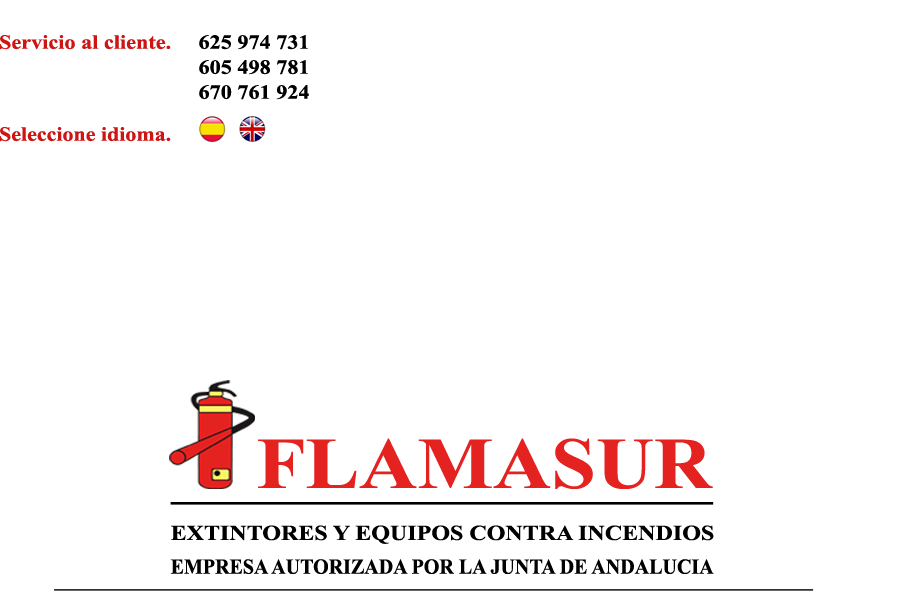|
| FIREPROOFING OF FLAMMABLE MATERIALS |
|
|
Our Fireproofing treatments include:
- Coatings: Applies to wood and steel, fireproofing achieving the application of intumescent paints.
- Chemical Reaction: This method is only be done during the manufacturing process. Only applicable to plastics and synthetic fibers.
- Impregnation: This treatment is applicable to textiles, and generally any absorbent material, because the retarder product should be mixed with any liquid is usually water.
Within the textile decoration, the ideal would be to use natural fibers or cellulosic less flammable than synthetics and with great power of absorption retardant.
Flamasur has different flame retardants suitable for various compositions of fibers.
Our flame retardants include:
- Protection of structures E.F. (Metal, concrete, wood ...)
- Protection of floors and vertical walls, EF - R.F.
- Fire-resistant drywall R.F.
- Fire-resistant false ceilings R.F.
- ML. separation between different sectors cover fire R.F.
- Extraction vents, heat resistant to R.F.
- Sealed Firewall (Cables, Conduits, PVC pipes, etc)
Likewise, and within this range, we applied primers fireproof, fireproof coatings and thermal insulation, condensation control and improves acoustic M1 flame retardants that complement the range of fire protection.
|
|
|
|
Under the legislation in its Article 2.2. Fireproofing
2.2. 1. Fireproofing material is understood that by appropriate treatment that improves the class that would correspond to their reaction to fire, if the material had been subjected to such processing.
2.2.2. Class that have been classified fireproofing materials will be valid to be fixed in the Certificate issued by the laboratory that carried out the tests.
2.2.3. After the validity period of the fireproofing, the material must be replaced by another of the same type obtained initially by fireproofing, or subjected to a new treatment that restores the initial conditions of fireproofing.
Materials that are difficult to replace and those to be located outside, be considered with the class that corresponds to no fireproofing material. Yes that fireproofing was permanent, may be considered.
|
|
|

